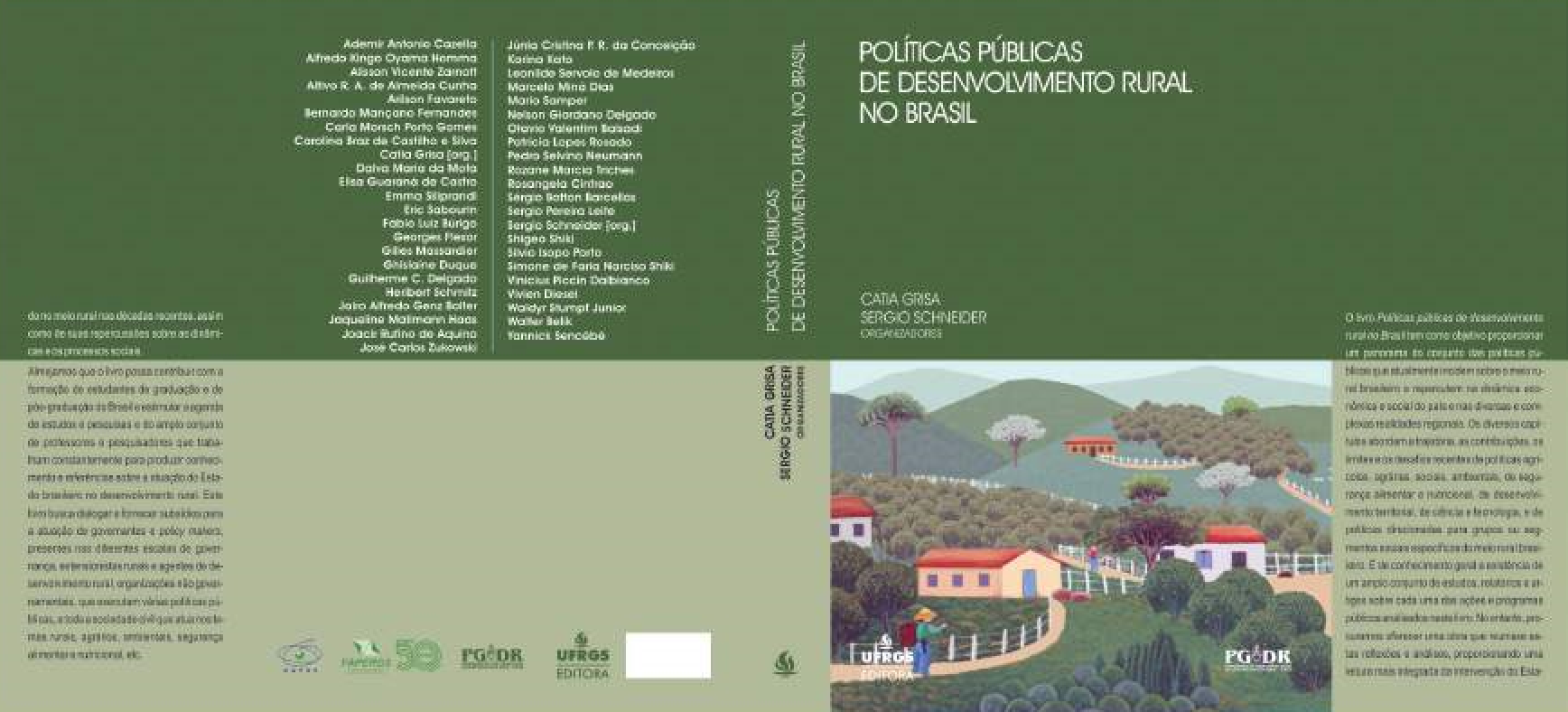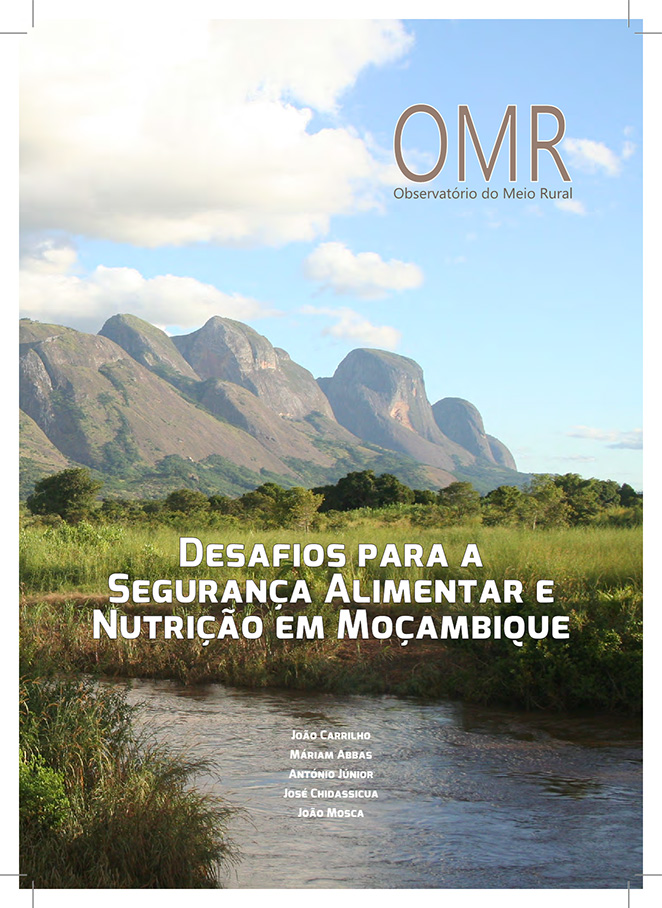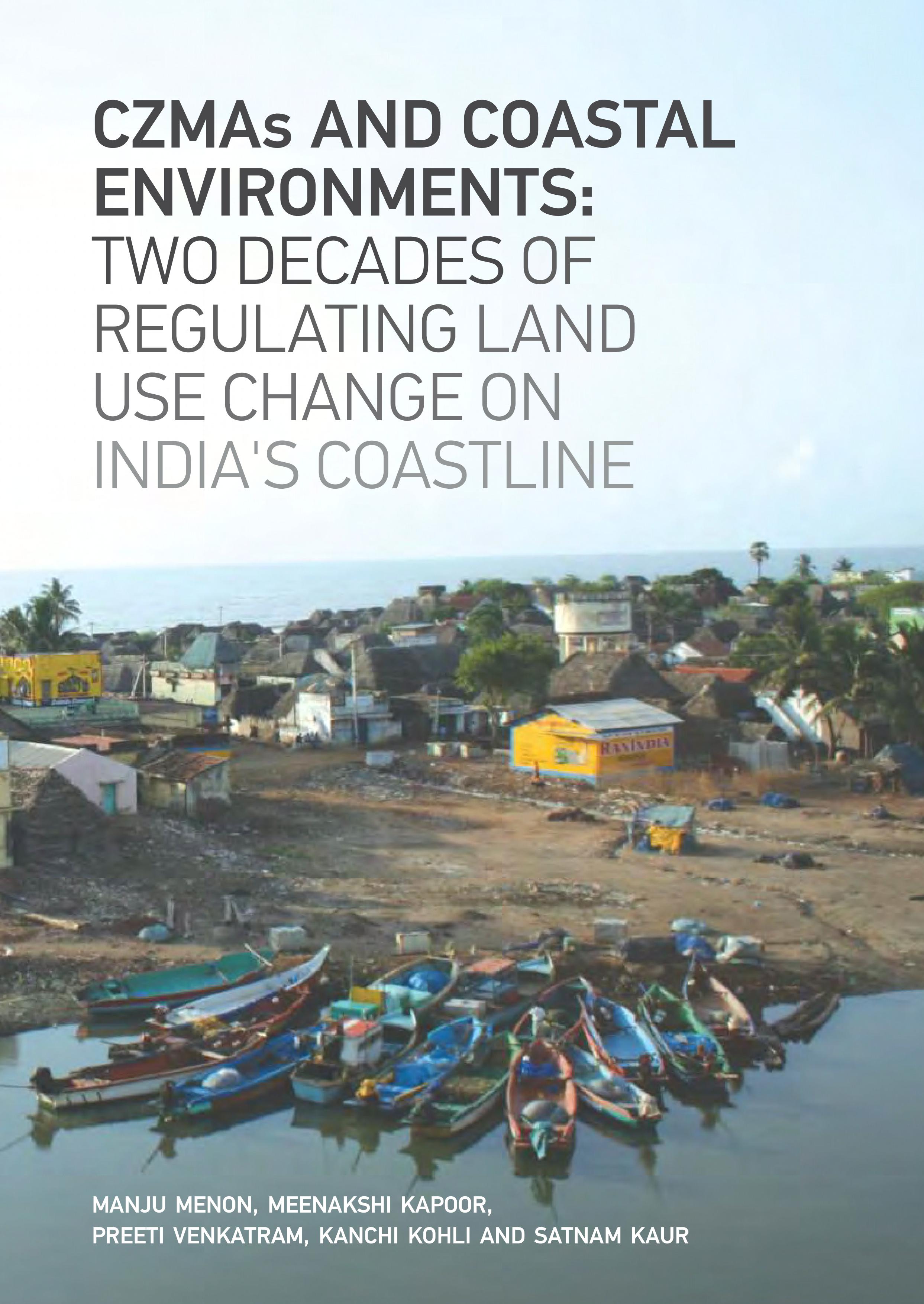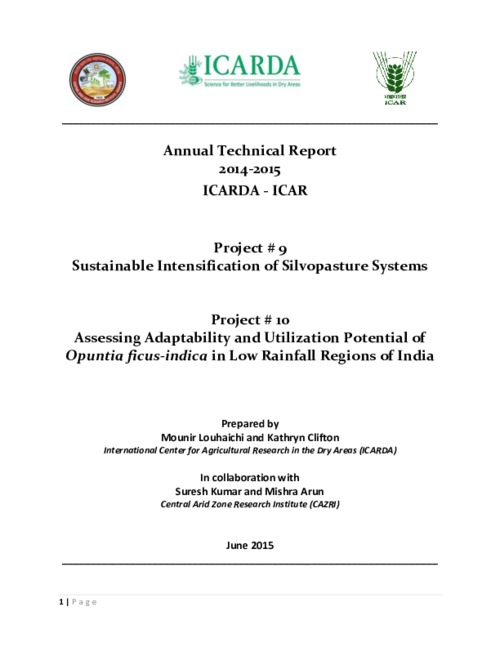Burma one of countries most affected by climate change
Burma has been ranked by a German think tank as the second worst country with regards to the effects of climate change between 1994 and 2013.
The Global Climate Risk Index 2015, published by Germanwatch, listed Honduras as the country suffering most from the effects of extreme weather events in the 20-year period. Burma’s neighbours Bangladesh, Vietnam and Thailand were ranked as fourth, sixth and ninth worst affected, respectively.











